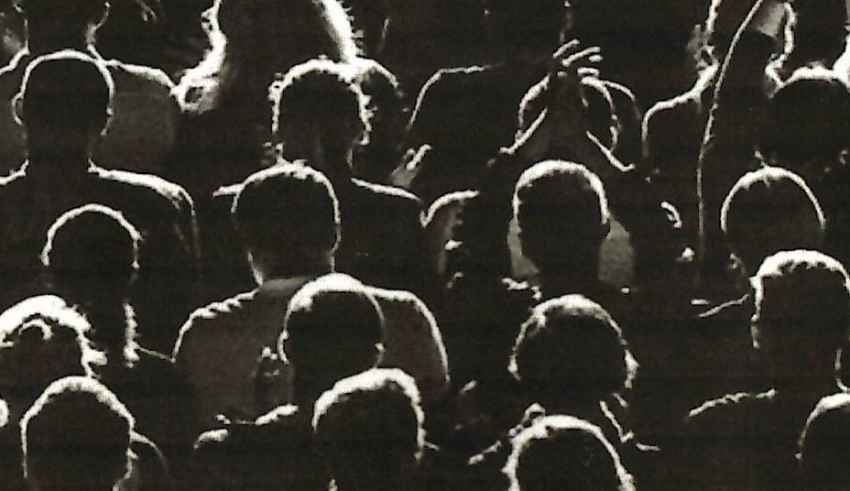
Are Conspiracy Theories Dangerous?
In a situation in which one group feels threatened by another group (perceived as an enemy and identified as enemies by unscrupulous leaders), the potential for distrust, anger and violence is heightened. As described above, belief in conspiracy theories can have dangerous consequences (as in the case of Pizzagate). Conspiracy theory believers do society an injustice by undermining confidence in experienced leaders, scientists and experts in general.
The conspirators foster doubt on important issues related to health and safety amongst other important topics. Uscinski (2018a) observes that:
….. Conspiracy theorists are often accused of being anti-science. There is something to this claim. Sizable portions of the public reject the science on vaccines, GM foods, fluoride, and climate change amongst other fact based scientifically well-researched topics, painting scientific experts as “baffled. By undermining public confidence in the scientific method and the expertise of the scientific community in this way believers can place themselves and others in harm’s way.
The impact which conspiracy theories have is widespread, impacting society at all levels.
The personal damage of conspiracy theories
Conspiracy theories, like all forms of bias, prejudice and distortion, can do real personal harm. This can be done through repeated slights, misunderstandings, unfounded assumptions and other forms of “micro-aggressions” that are directly associated with the assignment of certain people to the “Other” category. Macro-aggression is likely to take place when someone has been assigned to the “perpetrator” category.
These “evil” people are to be destroyed or at least isolated and vilified. Ironically, these people are also assigned a level of skill and knowledge (“cunning”) that makes them particularly dangerous. In returning to the Semantic Differential of Charles Osgood (1957), members of the conspiratorial group are not only “bad” – they are also “powerful” and “active.” Unfortunately, it is not only members of this powerful conspiratorial group that gets harmed, but also those who are being served by these “conspirators.” There is “collateral damage.”
Van Prooijen offers a poignant example of how this macro aggression takes place in this indirect manner. He shows how belief in conspiracy theories concerning the pharmaceutical industry can lead not just to media and political attacks on the leaders of this industry, but also to decisions made by many people not to have their children vaccinated. The children subsequently are getting seriously ill. This is also true for Covid-19 where people have died needlessly for believing that Covid vaccines are part of a grand conspiracy by government and the pharmaceutical industry. These “victims of belief” reject evidence-based research and expert advice from scientists in countries around the world.
Conspiracy theories can even be purposely used as a weapon against enemy out-groups, as we are seeing play out in the Russian attack on Ukraine. Russian leaders describe Ukrainians as “Nazi’s”, and less than human—thus justifying atrocities against civilians. Machiavellian leaders are able to exploit the gullibility of followers who blindly follow their every word against the advice from other leaders and experts simply because these leaders and experts are not part of their in-group.
Van Prooijen indicates that conspiracy theories (in their perceived threat to the in-group) can give extremist fringe groups the feeling that violence is the only remaining option. More specifically, conspiracy theories can add to the sense that the group – or the cause that the group stands for – is under imminent attack by a hostile enemy and there is an urgent need for a response, often violent, and that a peaceful reaction is unlikely to be effective”.
Indeed, as we have seen with findings of the January 6th Commission, that conducted the investigation into the attack on the US Capital, a substantial number of the individuals and groups under investigation have discussed and planned the use of violence in this event. The QAnon conspiracy was widely visible in the extensive video media coverage of this attack.
While conspiracy theory believers and backers can clearly cause violence and physical damage, they can also cause psychological damage. For example, the far-right media personality Alex Jones, who fostered a conspiracy theory about the 2012 Sandy Hook shooting, suggesting they were staged, caused immense distress to the families who lost children in that event. These fabrications foster distrust in the media reporting on these events and in the leaders and experts who are responsible for dealing with these tragedies.

















